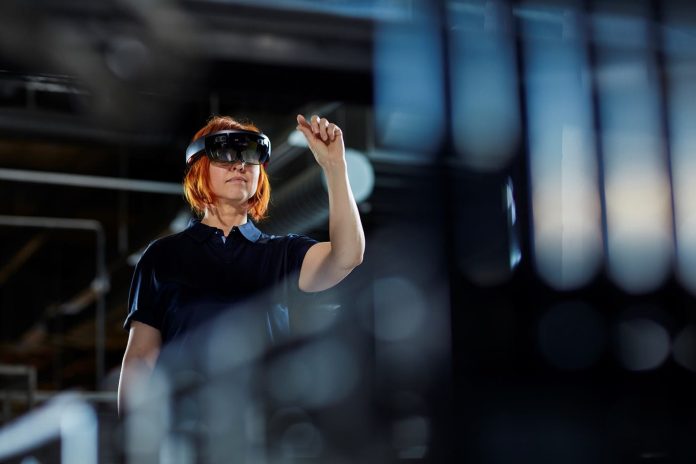Danish pump manufacturer Grundfos has given an initial thumbs-up to private factory-based 5G, after six months’ working with Swedish vendor Ericsson and local operator TDC NET on a test network at its production plant in Bjerringbro, north of Aarhus, in Denmark.
“We see 5G as a true game-changer in an industrial world where our workers and equipment will be constantly connected through digital tools,” the company said in a press statement, which timed with Hannover Messe this week, when all the industrial-tech world and, increasingly, much of the telecoms world has been talking about a new ‘industrial revolution’.
The Bjerringbro deployment, announced last June, was billed at the time as the first industrial 5G network in Denmark. The message at the time was the setup was a test-run for a broader 5G-enabled Industry 4.0 rollout across the company’s factories. There was no word on new installations in the press missive, but Grundfos said the work has been productive, and reaffirmed that 5G will be a fixture among its industrial networking arsenal.
Stéphane Simonetta, group executive vice president and chief operating officer at Grundfos, commented: “This has been tremendously interesting to dive into, not least given our focus on enhancing our digital value chain. We have seen clear benefits in the 5G technology, for instance in terms of ensuring a smooth, fast and steady connection to operate and optimize some of our equipment and move devices and production lines in our factories and warehouses.
Ericsson said the pilot — supported by an Ericsson/TDC NET joint innovation hub, which has widened its scope to the rest of the Danish Industry 4.0 market — concluded in December 2020. But Grundfos appeared emboldened; as well as the quote about 5G as a “game changer”, Simonetta added: “The technology also enables stable virtual and remote meetings and the use of new technologies like telepresence robots and AR and VR tools. On top of that, connected devices use less energy.”
The pilot (favourably) compared 5G to “conventional tethered connections”, and enabled a number of mobility cases that “wired connections can’t support and where Wi-Fi traditionally has challenges”, including to support automated guided vehicles and augmented reality headsets. Insights from the collaboration will be used to develop the 5G “ecosystem and application landscape” in Denmark, Ericsson said.
Niclas Backlund, head of Ericsson in Denmark, said: “Through the collaboration, we have been able to show the strength of 5G within industrial production in Denmark. Early adopters in 5G will naturally benefit faster from the technology, yet at the same time, we focus on maturing the 5G ecosystem through partnerships supporting the Danish business community in realizing the economic potential of 5G.”
Michael Fränkle, executive vice president at TDC NET, remarked: “The collaboration has proven 5G as a robust alternative to the existing radio technologies that are used in industrial settings. The technology delivers reliable and high performing connections with very low latencies, which further confirms the potential of 5G. It has been an exciting pilot and the insights make us optimistic as we explore… and develop the technology… to deliver the best digital infrastructure to Denmark.”

